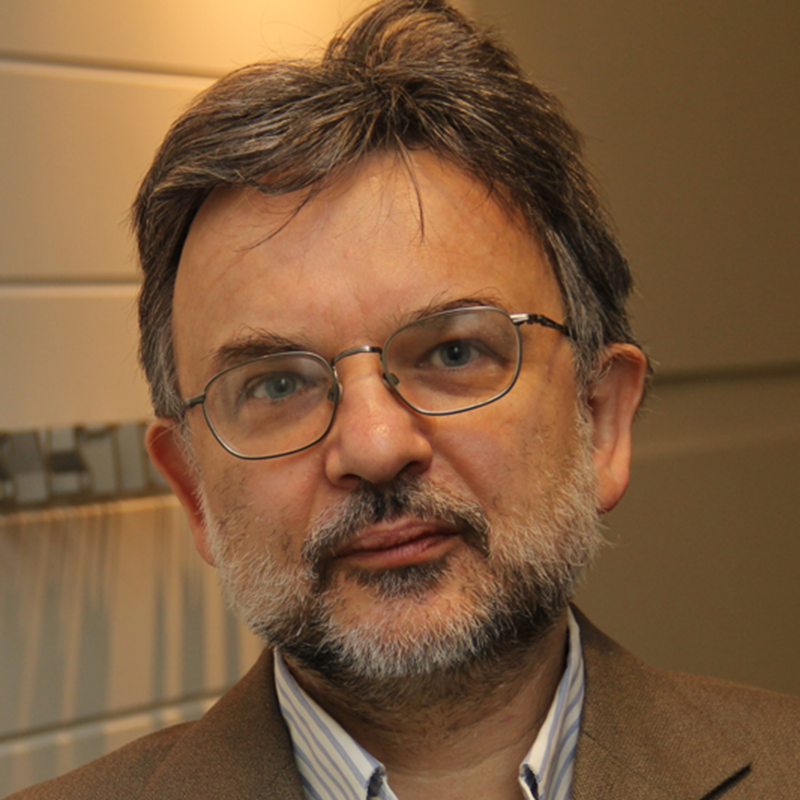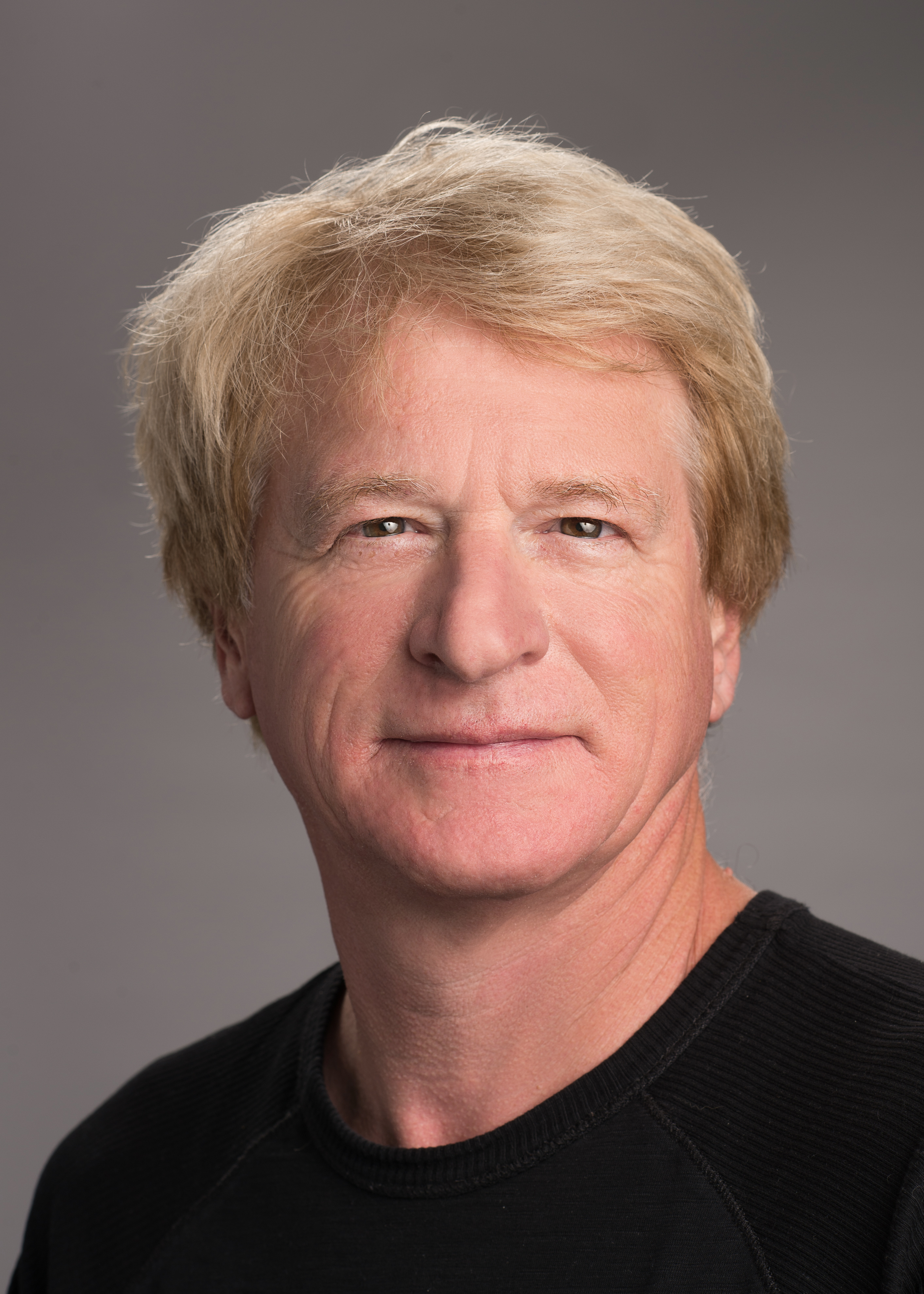Keynote Speakers
Over the past three decades, low-power design has not only revolutionized electronics but has also paved
the way for groundbreaking advancements in machine learning and edge computing. The seamless
integration of these three domains has unleashed a new era of energy-efficient intelligence, transforming
industries and redefining what is possible in the digital age.
This talk aims to explore the remarkable synergies between low-power design, machine learning, and
edge computing and their collective impact on our technological landscape. We will embark on a
retrospective journey through the evolution of low-power design, tracing its development and examining
how it intersects with machine learning and edge computing to enable energy-efficient systems.
Starting from the early days of power optimization techniques, we will delve into the key challenges faced
by embedded and cyber-physical research communities in achieving low-power solutions. This includes
exploring power management techniques, architecture-level optimizations, and communication-based
design for heterogeneous computing. By understanding these challenges, we can better appreciate the
advancements made in reducing power consumption while maintaining performance.
Furthermore, we will address the specific challenges and opportunities of deploying machine learning
models on edge devices. This encompasses considerations such as computation, energy consumption, and
model accuracy trade-offs. By exploring these aspects, we gain insights into how low-power design can
be leveraged to achieve efficient and effective machine learning deployments at the edge.
Finally, we will discuss the future prospects and opportunities that arise from the synergies between low-
power design, machine learning, and edge computing. As these fields continue to advance, novel
paradigms such as on-device training, multimodal learning, and federated learning hold the potential to
reshape the landscape further. We will explore these exciting research areas and their capacity to drive
the next generation of energy-efficient and intelligent systems.
Radu Marculescu is a Professor and the Laura Jennings Turner Chair in Engineering in the Department
of Electrical and Computer Engineering at The University of Texas at Austin. Between 2000-2019, he was
a Professor in the Electrical and Computer Engineering department at Carnegie Mellon University. His
current research focuses on developing ML/AI algorithms and tools for analysis, and optimization of
embedded systems, cyber-physical systems, social networks, and Internet-of-Things. He has received the
2019 IEEE Computer Society Edward J. McCluskey Technical Achievement Award, for seminal
contributions to the science of network on chip design, analysis, and optimization. Most recently, he
received the 2020 ESWEEK Test-of-Time Award from The International Conference on Hardware/Software
Co-Design and System Synthesis (CODES). He is an IEEE Fellow and an ACM Fellow.

Radu Marculescu
Professor at University of Texas, Austin
Abstract
Biography

|
|
Jan M. Rabaey Professor at University of California, Berkeley CTO STCO Division, IMEC, Belgium |
Abstract
Demand for computing is rising at an exorbitant rate, especially due to the rapid adoption of artificial intelligence and machine-learning in every aspect of the information-technology platform, be it the cloud, the mobile edge or the sensory swarm. In each of these layers, energy consumption has become the limiting factor of what can be accomplished, and this will be even more so looking forward into the not-so-distant future. It is not evident how these limitations may be overcome, especially given the fact that the common solutions either are tapering out (such as technology scaling), or have been pushed to their limits (such as architectural optimization, use of accelerators and customization). Hence more radical approaches must be considered. These include novel models of computation such as quantum and optical computing, or inspiration that may be found in nature such as physics and biology. In this presentation, we will explore one possible pathway to the future: what we can learn from the amazingly efficient computational engine that is the mammal brain.
Biography
Jan is Professor in the Graduate School in the EECS Department at the University of California at Berkeley, where he held of the Donald O. Pederson Distinguished Professorship for over 30 years before retiring. Before joining the faculty at UC Berkeley, he was a research manager at IMEC from 1985 until 1987. He is a founding director of the Berkeley Wireless Research Center (BWRC) and the Berkeley Ubiquitous SwarmLab, and has served as the Electrical Engineering Division Chair at Berkeley twice. In 2019, he also became the CTO of the System-Technology Co-Optimization (STCO) Division of IMEC, Belgium. He has made major contributions to a number of fields including low power integrated circuits, advanced wireless systems, mobile devices, sensor networks, and ubiquitous computing. Some of the systems he helped envision include the infoPad (a forerunner of the iPad), PicoNets and PicoRadios (IoT avant-la-lettre), the Swarm (IoT on steroids), Brain-Machine interfaces and the Human Intranet. His current interests include the exploration of the interaction between the cyber and the biological worlds. Furthermore, he is the primary author of the influential “Digital Integrated Circuits: A Design Perspective” textbook that has served to educate hundreds of thousands of students all over the world. He is the recipient of major awards, amongst which the IEEE Mac Van Valkenburg Award, the European Design Automation Association (EDAA) Lifetime Achievement award, the Semiconductor Industry Association (SIA) University Researcher Award, and the SRC Aristotle Award. He is an IEEE Fellow, a member of the Royal Flemish Academy of Sciences and Arts of Belgium, and has received a number of honorary doctorates. He has been involved in a broad variety of start-up ventures.

